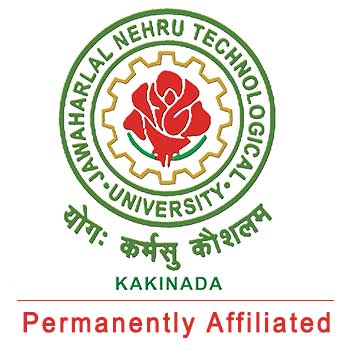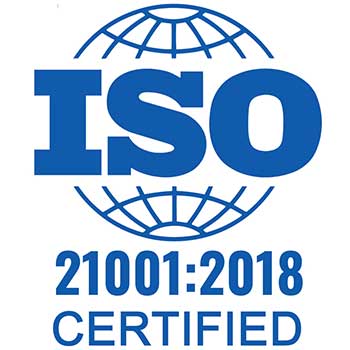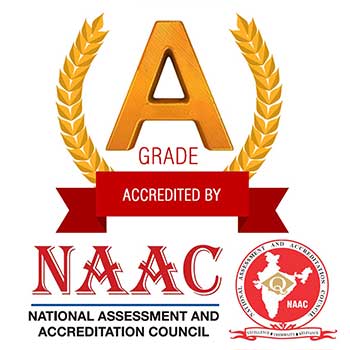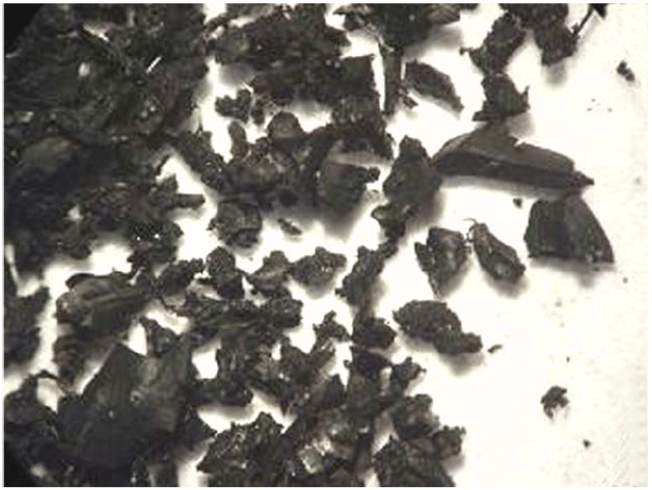Use Of Recovered Tyres In Construction Part 2
Tyre Rubber in Concrete and Mortars
Introduction
Research on cement-based products was modified with tyre rubber – such as concrete and mortar has been carried out for many years in order to examine the potential utilization of waste tyres in concrete making. While the waste tyres have been used to partially replace the aggregates in mortars and concrete. However we have seen that tyre rubber can be used to produce workable concrete for specific applications, provided that adequate selection processes are undertaken; including the amount, gradation and shape of tyre particles. This section deals with the properties of either mortar or concrete modified with waste tyre rubber.
Specific Weight
The specific weight of concrete modified with waste rubber reduces as the level of replacement of aggregates with tyre particles increases. This decrease can be attributed to the specific weight of tyre rubber being lower than that of traditional aggregates -0.9–1.16 g/cm3 for tyre rubber compared with 2.65–2.67 g/cm3 for aggregates and Oikonomou et al., 2006; Khaloo et al.,. On the other hand, Khatib and Bayomy (1999) show that the decrease in specific weight is almost insignificant for rubber contents lower than 10–20% of the total aggregate volume.
Workability
The workability, defined as the ease with which concrete can be mixed, transported and been put into moulds, and it is affected by the interactions of tyre rubber particles and mineral aggregates. However, the rubberized concrete has been found to be less workable than conventional concrete. The reason behind it is, as the rubber content increases (Khatib and Bayomy, 1999; Albano et al., 2005; Oikonomou et al., 2006). It was also observed that mixtures made with fine crumb rubber were more workable than those made with coarse tyre chips or a mixture of tyre chips and crumb rubber (Khatib and Bayomy,1999).
Equally, studies say that by the current authors on cement mortars showed that the workability of mortars with coarse rubber particles - maximum size of 4 mm is better that that of mortars including fine rubber particles (0–1.18 mm). while, Raghavan et al. (1998) reported that mortars modified with tyre shreds achieved workability comparable with or better than conventional mortars.
Water Absorption
The durability of a materials are often related to the capacity towards the resist water absorption. However, the primary transport mechanism by which water enters cement composites is capillarity by suction. The smaller the capillarity, the higher the durability of the composite.
According to Segre and Joekes -2000, cement paste modified with tyre rubber particles is characterized with a decrease in both the amount of capillary water absorption and its speed with an increase in rubber content. while this could be due to the capacity of rubber to drive back water. Oikonomou et al. 2006 have studied the addition of tyre rubber to cement mortars as a substitute for the aggregates sand and found that open porosity and capillarity by suction decrease with the use of tyre rubber. However, on the other hand the decrease can be attributed to the smaller volume of pores in the mortars and to the fact that these pores cannot be easily reached by the water. Moreover, Benazzouk et al. 2007, investigated the water absorption of cement composites containing shredded rubber wastes; tyre rubber has been used as a partial substitute for cement in order to develop lightweight construction materials. While the test results for the hydraulic transport properties showed that incorporation of tyre rubber into such composite stands to reduce the water absorption of the composites.
Microstructure
Different kinds of microscopes are useful tools for observing and analyzing the micro structural characteristics of cement based products. Analysis of the micro-structure of rubberized cement products has been conducted using stereoscopes and scanning electron microscope (SEM).
For stereoscopic observations, small pieces of cement mortars or concrete have been used without any treatment in order to examine the bonding between the rubber particles and the cement matrix. For scanning electron microscopy, very small samples were coated with gold after having been subjected to full vacuum inside the electron microscope. Initially, the surface and shape of tyre rubber particles was examined, as seen for example in Images 1 and 2 Oikonomou et al; 2006. Tyre rubber particles are seen to be homogeneously distributed in the cement paste with no segregation see image. 3.
Sustainability of Construction Materials
For conventional mixtures there is perfect adherence between aggregates and cement paste. However the adhesion is not as perfect when rubber particles are added to such mixtures (Segre and Joekes 2000; Turatsinze et al., 2005; Oikonomouet al., 2006), though improvement of this adhesion between rubber particles and matrix can be achieved by the use of various means. As far as styrene–butadiene rubber -SBR latex and anionic bitumen emulsion are disturbed, micro scopic examination showed that these sorts of additives are well bonded to the rubber particle surface, therefore strengthening the bonding between cement paste, aggregates, additives and rubber particles. Moreover, rubber particles also act as crack arresters -Turatsinze et al., 2005; Oikonomou et al., 2006.
Mechanical Characteristics
The rubber aggregate substitution is found to decrease the strength of cement-based products like Siddique and Naik, 2004; and Turatsinze et al., 2005; Oikonomou et al.,2006. While this reduction varies depending upon the percentage, the size and the surface consistency of the rubber particles as well as the type of cement Siddique and Naik, 2004. Li et al. 2004; concluded that concrete containing waste tyre rubber in the form of fibres has higher potency compared with that made with larger rubber particles chips. Using crumb rubber particles ranging in size from 4.75 mm to less than 0.075 mm to restore fine aggregates resulted in a reduction in concrete strength and this decrease is even greater when crumb rubber was used to replace the coarse aggregates Eldin and Senouci, 1993. Therefore, an increase in the crumb rubber percentage resulted in further decrease in strength properties. This decrease is attributed to the weak bonding between the rubber particles and the cement matrix. To further research to improve this bonding has therefore been conducted. Rubber particles were pre-treated or washed using various methods including water, saturated aqueous solution of NaOH and coupling agents like Naik and Singh, 1991; with Rostami et al., 1993; in addition, the following admixtures were added to the concrete mixtures: an Underwater Concrete System UCS Turatsinze et al.,2005); super plasticizer; a 60% anionic asphalt emulsion Oikonomou et al.,2006; and SBR latex Lee et al., 1998; Oikonomou et al., 2006. It has been noted Siddique and Naik, 2004 that concrete containing water washed rubber particles or rubber particles treated with carbon tetrachloride showed a smaller reduction in compressive strength compared with concrete containing untreated rubber particles. Meanwhile, the addition of latex in cement-based products results in an even smaller reduction in compressive strength because the latex enhance the adherence of the rubber particles and the cement mixture Lee et al., 1998, Oikonomou et al., 2006.As far as flexural and split tensile strengths are concerned, it was observed that these properties decreased at a slower rate compared with compressive strength Topçu et al., 1995; Pierce and Williams, 2004; Oikonomou et al., 2006. As expected, the strength of cement composites customized with tyre rubber decreases and given the fact that mechanical strength is directly related to the dynamic modulus of elasticity, the dynamic modulus of elasticity decreases with the increase in rubber percentage. This reduction results in the production of a less brittle material Albano et al., 2005; Oikonomou et al., 2006; Khaloo et al., 2008.
Durability
There has not been a great deal of research on the durability of concrete modified with waste rubber. Cement mortars containing waste rubber showed a decrease in chloride ion penetration as the percentage of tyre rubber increases. There is a further decrease in chloride ion penetration when adding commercial products comprising an anionic bitumen emulsion and SBR latex. On the other hand, according to Gesoglu and Güneyisi 2007, for a given water: cement ratio and with a moist curing period of 3 and 7 days, the use of rubber increased the chloride ion penetration through concrete and the degree of ion permeability depended on the rubber percentage used. After 28 days of curing there was a greater reduction in the magnitude of the chloride ion penetration into the mortar.








